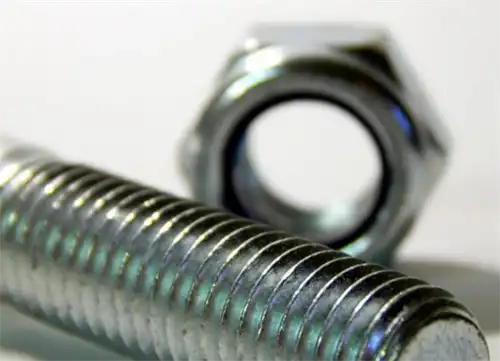What are the methods for operating hexagon socket bolts? Have you ever had trouble tightening hexagon socket bolts when installing them? I believe many people have encountered such a situation. it is not the problem of the nut, but the method is wrong. Hebei Wanxin Fasteners Co., Ltd. will teach you how to twist the bolts faster.
When using hexagon socket bolts, you usually need to understand the life of the nut first, and you can maintain and disassemble the nut in time before the life expires.
Next, Hebei Wanxin Fasteners Co., Ltd. will briefly explain to everyone how to disassemble and assemble stainless steel hexagon socket bolts when their service life is about to expire. I hope it can help you.
There are many places where stainless steel nuts are used to fix parts in machinery, but due to long-term disassembly, the hexagon socket of the bolt is easy to be polished into a circle, which will cause deviation. It is difficult to remove it with a hexagon socket wrench. Here we will introduce the removal method of stainless steel hexagon nut bolt parts in detail, which can remove the nut without damaging the parts.
For connections where the top of the hexagonal bolt is slightly higher than or parallel to the parallel surface of the fixed part, a stainless steel nut slightly smaller than the hexagon socket bolt can be placed on top of the bolt, and then the screw washer is welded to the hexagon socket bolt and the nut head, and the nut is tightened with a wrench after cooling.
Hexagonal bolts have many functions and are commonly used for bolts that are common in plastic parts. They can be used for permanent immovable positions and the fixation of long-term maintenance and replacement parts. The design is based on the external thread in the position of the part.

Classification of hexagonal bolts:
1. According to the force mode of the connection, there are ordinary and reamed holes. The bolts for reamed holes must match the size of the hole and are used when subjected to lateral force.
2. According to the shape of the head, there are hexagonal heads, round heads, square heads, countersunk heads, etc. Generally, countersunk heads are used where the surface after connection must be smooth and without protrusions, because the countersunk head can be screwed into the part, and the round head can also be screwed into the part. The tightening force of the square head can be greater, but the size is larger, and the hexagonal head is the most commonly used.
In addition, to meet the need for locking after installation, there are holes in the head and holes in the rod. These holes can prevent the bolts from loosening when they are vibrated. Some bolts have thin rods without threads, which are called thin waist bolts. This kind of bolt is conducive to the connection of variable forces. There are special high-strength bolts on steel structures, and the heads will be larger and the sizes will also vary.
In addition, there are special uses: T-slot bolts, which are mostly used on machine tool fixtures, with special shapes, and the two sides of the head must be cut off. Anchor bolts are used to connect and fix machines to the ground. There are many shapes, and there are so on.











